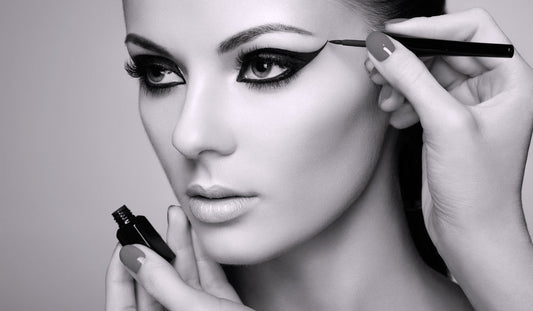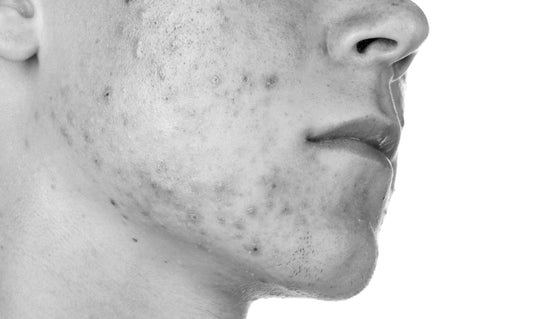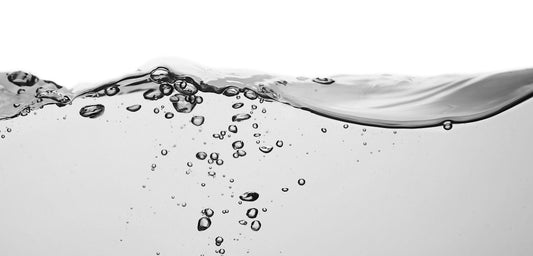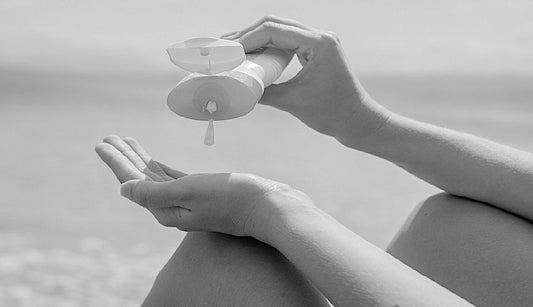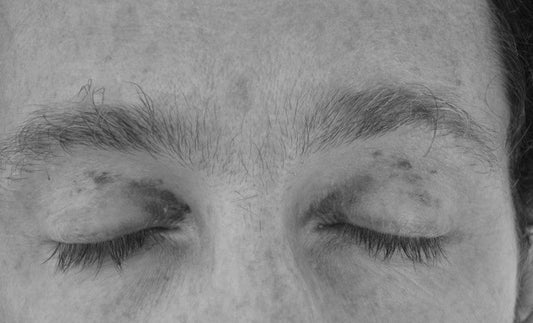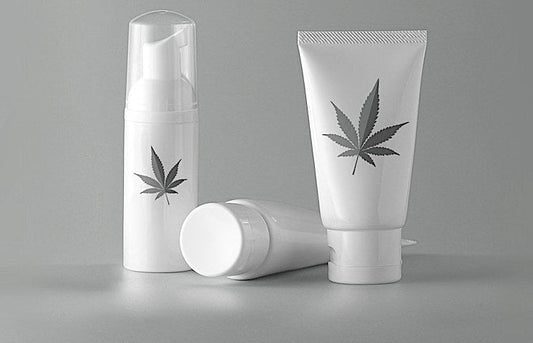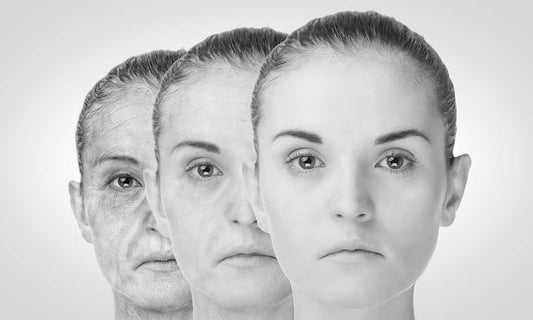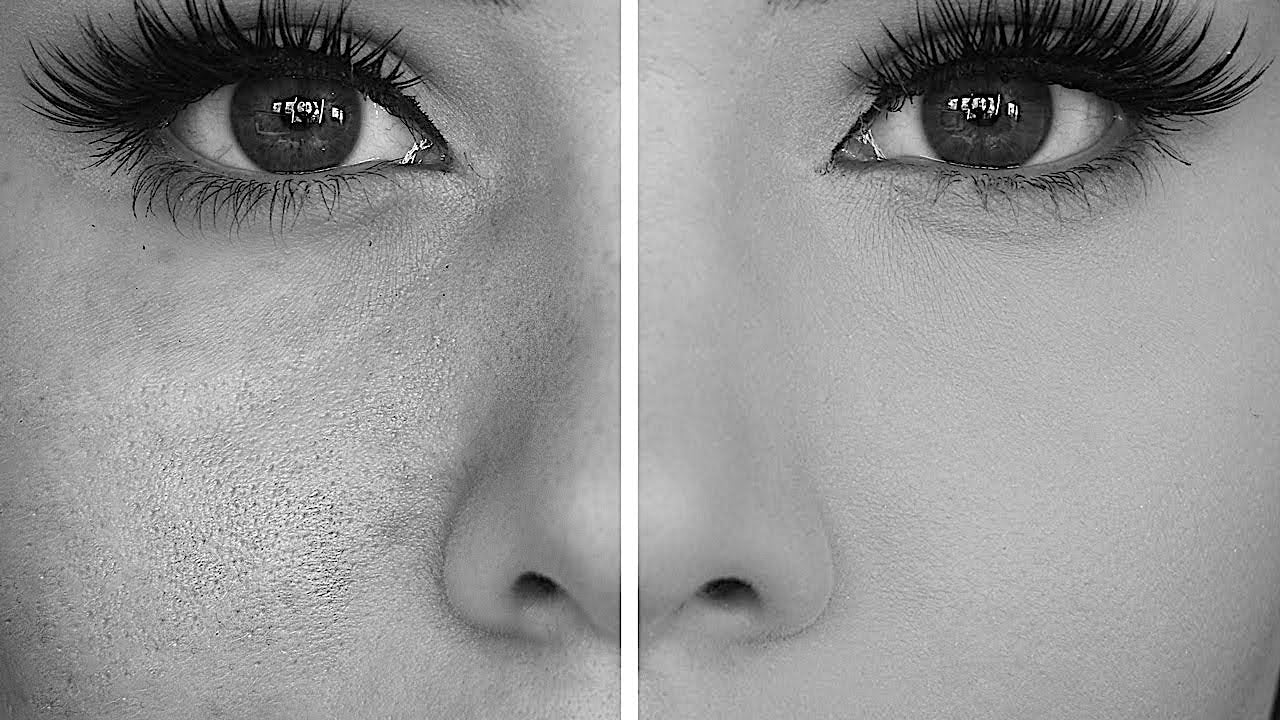
This is something that you need to know about pores
Do you know it’s totally fine and normal to have visible pores on your face? One of the most common skin complaints in beauty forums, dermatologists’ offices, and my friends’ text messages is large pores. But the truth is that everyone has pores on their face—and they are almost always visible! The Instagram-ready airbrushed look that we’ve come to assume means “good, healthy skin” is usually a fiction of makeup and photo editing. Here’s what your pores actually do for you, how to tell if your pores are normal, and how to take action, if needed. Pores do some incredibly important things for your skin. “Pores are small openings in the skin that let sweat and oil drain out,” Melissa Piliang, M.D., dermatologist at Cleveland Clinic, tells SELF. “You really want pores and you want them to be draining well.” There are different types of pores, but most of the pores on your face are the opening of your hair follicles, which is why there are little hairs sticking out of them, says Mary L. Stevenson, M.D., assistant professor in the Ronald O. Perelman Department of Dermatology at NYU Langone Health. Sebaceous glands, which sit underneath the skin, secrete sebum (oil) through the pore, Stevenson says. Sebum is an important component of the outer layer of skin, which helps keep the skin hydrated and protects it from the environment, Piliang explains. So having pores is not a problem in itself—it’s actually super helpful in keeping your skin functioning properly. What are “normal” pores, anyway? It’s kind of hard to explain what normal pores look like, because they may be different for everyone. But in general, it’s not a bad thing to be able to see your pores. “You should be able to see where hairs insert,” Stevenson says. The pores may have a little darkness to them, Piliang says. And they’re generally more noticeable on people with oilier skin, Stevenson explains, because some of that sebum may build up in the pore and dilate it slightly. Some people—especially those with naturally oily skin—may also notice that their pores look larger right before or during their period, Piliang explains; researchers believe this has to do with changing hormone levels that could affect sebum production, but the link isn't totally understood. Being able to see your pores, even if they look a little larger than you’d like, is “not necessarily an issue and probably not an issue at all,” Piliang says. “We all have pores on our skin that are going to be visible to some degree.”At what point should you actually be concerned about your pores? Really, only when your pores have developed comedones—blackheads or whiteheads. That’s a sign that you may need to give your pores some attention, Piliang says. Comedones form when a pore gets clogged with dead skin cells, dirt, and sebum, so you may need to use some simple cleansing or exfoliation tactics to address that. If the pore is open to the air, the gunk inside oxidizes, creating a blackhead. If the pore is covered with a layer of keratin, the sebum looks white or fleshy and creates a whitehead (closed comedone). But what if you still don’t love your pores? If you are bothered by the size of your pores, there are some easy things you can do to make them less noticeable. How noticeable your pores are is determined by genetic factors, your skin type, your age, and your skin-care habits. You can’t actually shrink them or make them disappear, but by using specific types of products, you can manage oiliness, acne, and signs of aging (like photodamage and sagging skin) that may make them look larger. And many of these may already be a part of your normal skin care routine.
Chemical exfoliants: These ingredients—found in many cleansers, toners, serums, and masks—can break down the bonds between the dead skin cells, oil, and other gunk in your pores. Over time that will loosen the “plug” in a clogged pore and gradually cause the pore to tighten and become less noticeable, Piliang says. On the other hand, doing extractions or using a pore strip to remove the plug all at once leaves the pore dilated, which just makes it easy to get clogged up again, she says.
Retinoids: Retinol, retinal, tretinoin, and the like are all topical retinoids, which are forms of vitamin A. These can speed up the skin’s cell turnover process, Stevenson explains, which helps treat acne as well as signs of aging, like fine lines. Managing both of those issues can make pores less visible.
Noncomedogenic products: If you notice that your pores are getting clogged frequently, it’s important to make sure you’re using only skin care and makeup products that are labeled noncomedogenic, which should mean they won’t clog you up, Piliang says. One caveat here: The term noncomedogenic isn’t tightly regulated by the FDA, and the way that product comedogenicity is tested isn’t always easily translated to human skin, she explains. So there’s no guarantee that your skin won’t react differently (and break out). But this label is still a great starting point when selecting your products.
Sunscreen: Using sunscreens or daily moisturizers with broad-spectrum and at least SPF 30 protection will help prevent photoaging and the UV-exposure-related loss of collagen and elastin that leads to sagging skin, Stevenson says. That in turn helps prevent your pores from becoming more noticeable. However, you will have to be patient. It may take between six and eight weeks to see any noticeable difference when using these strategies, which is why Piliang recommends taking a picture of your skin before you start so you can track your progress. And if you’re frustrated with your visible pores or any of the skin issues that can exacerbate them (like acne, for instance), check in with a dermatologist. (By Sarah Jacoby from Self.com)
WHAT TO
READ NEXT
STAY IN
TOUCH
Sign Up and be among the first to learn about new mìsula announcements and products.
- Choosing a selection results in a full page refresh.
- Opens in a new window.

